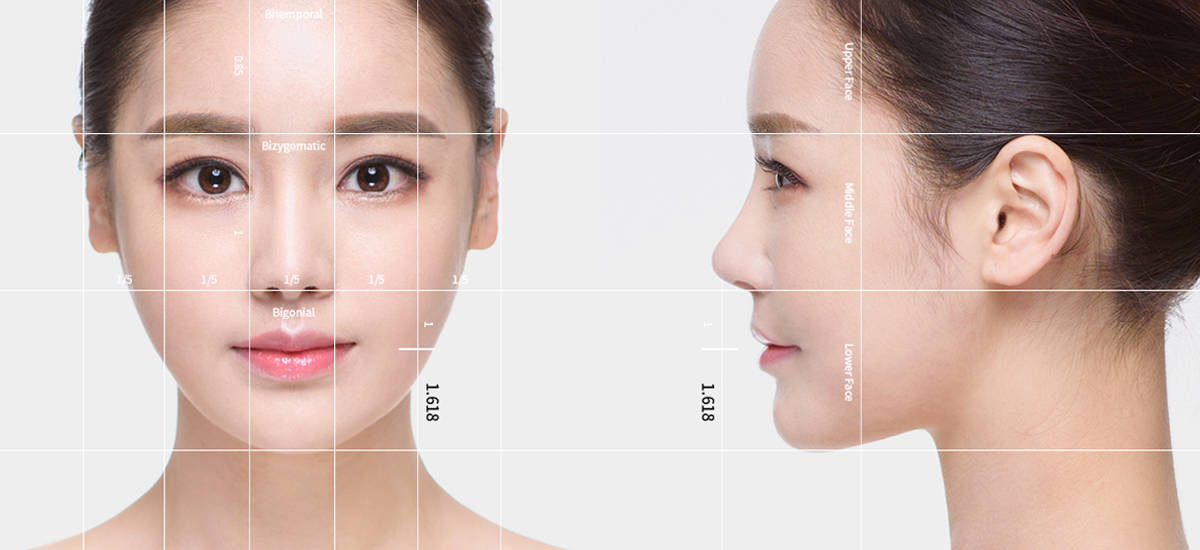
Double Jaw Surgery

Procedure Time
3 – 4 Hours

Anaesthesia
General Anaesthesia

Recovery Period
14 – 18 Days

Stitch Removal
7 Days Post-op
Hospitalization
1 – 2 Days
What is Double Jaw Surgery?
Double jaw surgery comes up as an alternative to improve both upper and lower jaw simultaneously. During this surgical procedure, the surgeon realign or adjust the jaw structure where necessary to correct abnormal lower and upper jaw, protruded or receding chin, and asymmetric jaws among others.
Candidates that usually require and need double jaw surgery are also likely to have issues with facial contours. However, this aesthetical need could be accompanied by other dental problems such as abnormal teeth, chewing disabilities due to over or underbite, speech issues, and jaw bone disability.
In this regard, double jaw surgery not only fixes the aesthetical requirements of the patient but also restore the affected function of the jaw and chin.
Who Needs Double Jaw Surgery?
Double jaw surgery is recommended for people with the following troubles and cases:
- Troubles or discomfort with swallowing or chewing food.
- Congenital facial deformities.
- Acute pain due to chronic malocclusion.
- Severe facial asymmetries.
- Large spaces between upper and lower teeth.
- Excessively elongated face structure, or high gum exposure when smiling.
- Excessive protrusion or retraction of the chin.
Planning For Double Jaw Surgery
At Dream, we analyse the proportions of the face before proposing a surgery plan to achieve your ideal look.

Double Jaw Surgery Methods
Two jaw surgery has different types of methods and protocols to enhance upper and lower jaw’s issues, as follow:
1. In the cases of a protruded mouth
There are two surgery methods which can be used to retract the jaws. The choice of surgery method would depend on the severity of the protrusion.

2. Double Jaw Surgery
Double jaw surgery is a procedure known as Bimaxillary Osteotomy, which helps to retract protruded upper and lower jaw at the same time.
In this method, the upper and lower jaws are fractured in specific angles after making an incision inside the mouth. Then the bones will be moved to the most appropriate position, fixing them with metal pins and, sometimes, plaques to prevent this position from shifting in the recovery phase.

